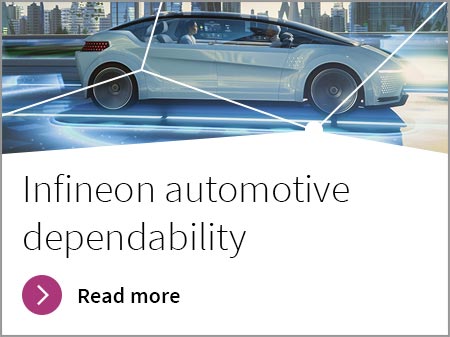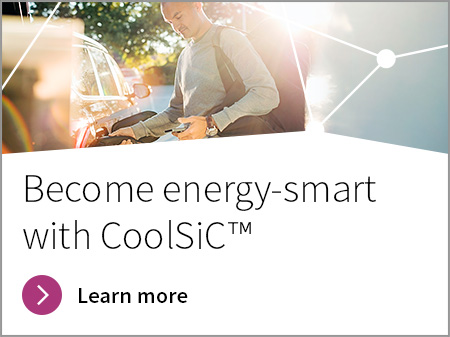Electric brake booster
Instead of the traditional vacuum-assisted system, an electric brake booster (EBB) uses an electric motor to assist the driver in applying the brakes.
Demands for greater energy efficiency create a need for a more flexible approach to braking systems. Such as the electric brake booster that’s specially designed for next-generation brakes common to hybrid and electric cars. When engineering your electric brake booster application, what counts is having dependable components of the highest quality, safety, security, and availability. Infineon can deliver it all with full support and expertise.
Full-spectrum safety support and expertise for electric brake booster
We recognize that braking and steering are two of the most important safety functions of a vehicle, and we translate that into a system-level approach to functional safety with products that are ISO 26262 compliant and developed together to meet the strictest standards in safety and robustness.
With a proven track record and years of experience in the automotive sector, Infineon is the right partner for any braking projects. Our components have been designed and tested to ensure they work seamlessly and fulfill the highest-possible safety standards. Since our chipset is aligned in-house, you can count on its interoperability to ensure safety while reducing your development effort. Thanks to a small footprint and integrated features, our solution contributes to a lower BOM.
- Scalability and interoperability
- Highest design flexibility
- Single source of chipset solution
- Adaptability via software OTA
- Easy design-in; fast time to market
- Dependable quality and performance
Flexible designs for next-generation safety and efficiency
One of the main advantages of electric brake booster systems is that they are more responsive than vacuum-assisted systems. This is because the electric motor can provide instant power to the brakes, even when the engine is idling or turned off. This can be a major advantage in emergency braking situations, as it can help the driver to stop the vehicle more quickly.
Another advantage of electric brake booster systems is that they are more efficient than vacuum-assisted systems. This is because the electric motor does not require any vacuum to operate, which can help to improve energy consumption.
Electric brake booster systems are generally more compact than vacuum-assisted systems, which can make them easier to install in small vehicles.
Finally, EBB systems have fewer moving parts than vacuum-assisted systems, which can make them more reliable and easier to maintain.
Next-generation drivetrains, such as hybrid and electric vehicles and even contemporary highly efficient combustion engines, require a new braking assistance system. Traditional systems are mainly dependent on the vacuum generated by the combustion engine or vacuum pumps, which not only use up electrical energy as well as package space under the hood but are also not flexible enough for the driver assistance systems of the future.
Infineon has a proven track record as a quality supplier to the automotive industry. For many years, we have been developing a broad range of easy-to-design-in, scalable product families for the highest design flexibility. We now offer complete and cost-effective chipset solutions for safe and secure electric brake boosters. This includes fail-safe as well as partially and fully redundant systems. With our proven track record, in-house expertise, application knowledge, and dependable solutions, we are the safety motor control partner.
- Are you looking for smart and reliable solutions to drive brushed DC motors in automotive applications?
- Then you will certainly like the integrated and fully protected MOTIX™ single half-bridge integrated circuits.

- Infineon has been expanding the package portfolio for it’s high-performing OptiMOS™ MOSFETs.
- Do you know SSO10T, the latest addition to Infineon’s package family for OptiMOS™ MOSFETs?
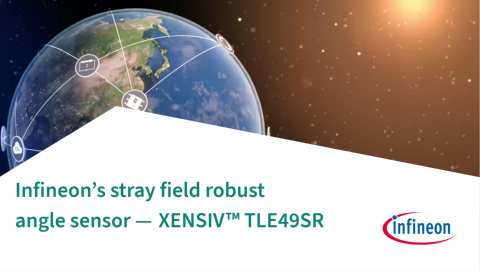
• Get to know the basic principle of TLE49SR stray field concept
• And know the key features of Infineon’s first stray field robust sensor

Learn more about Infineon automotive dependability.
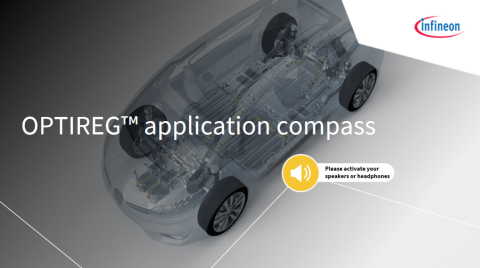
Training topics:
- Do you know Infineon’s OPTIREG™ power supply solutions?
- Do you know why OPTIREG™ products stand out from other solutions in the market?
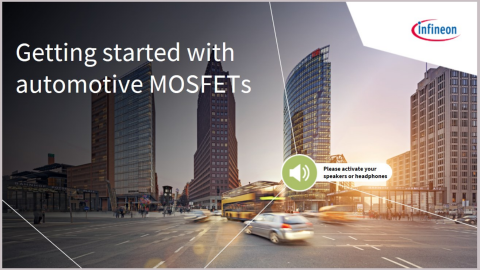
In this training you will:
- Know more about Infineon’s wide MOSFET selection for 48 V mild-hybrid electric vehicle, or MHEV, applications
- Understand why and how Infineon is strengthening its position in the 40 V MOSFET market, and be familiar with Infineon’s newest 60 V MOSFETs
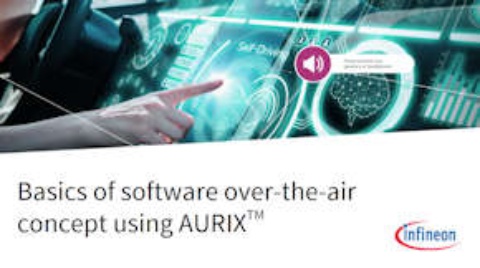
In this training you will:
- Get to know why systems require frequent updates, how this is done and how automotive systems try to ensure their security when they are updated
- Learn how AURIX™ families of microcontrollers support over-the-air software updates
OptiMOS™ 7 40 volts is Infineon’s new automotive MOSFET technology.
It presents a 25 percent Ron improvement when compared to the previous OptiMOS™ 6.


